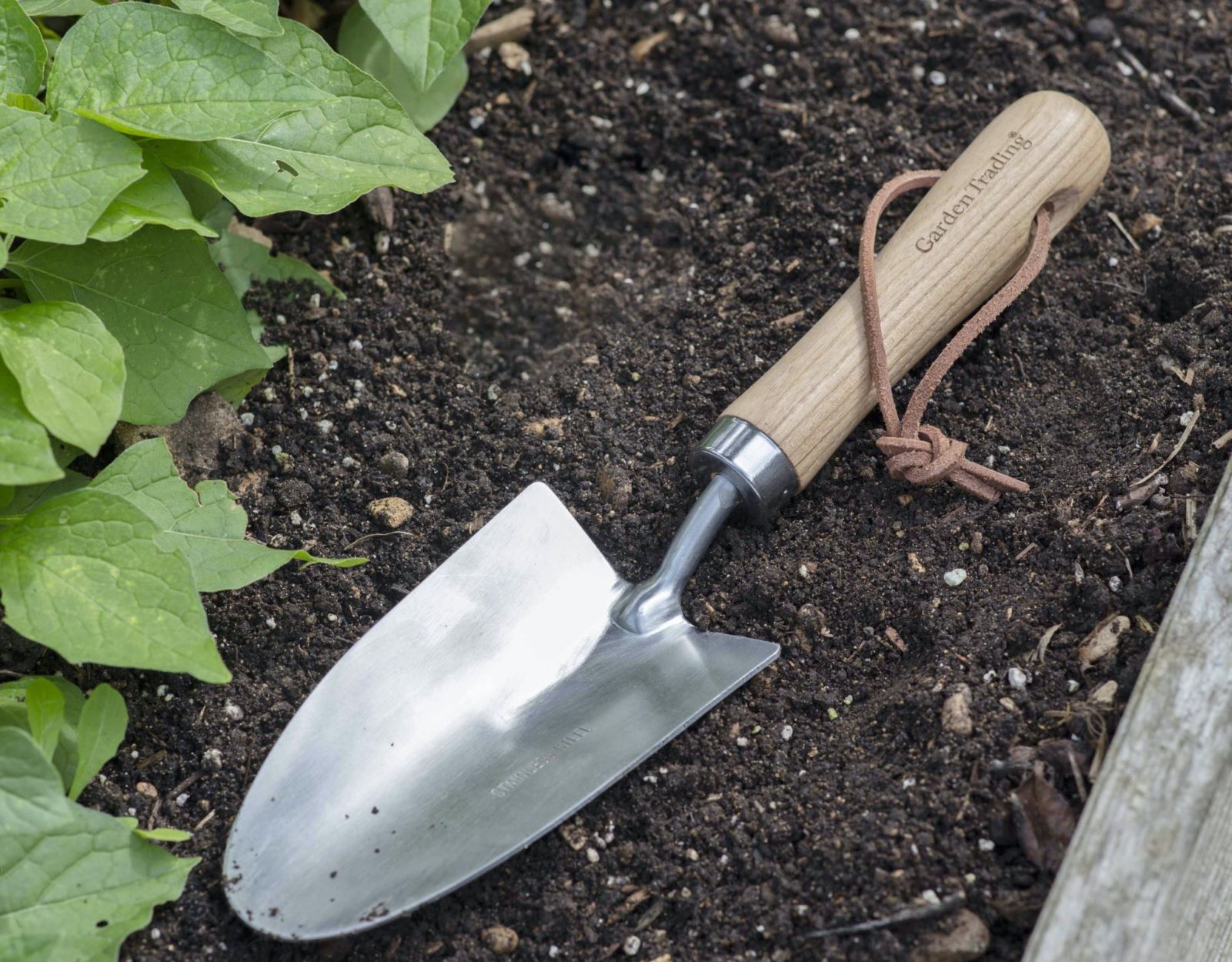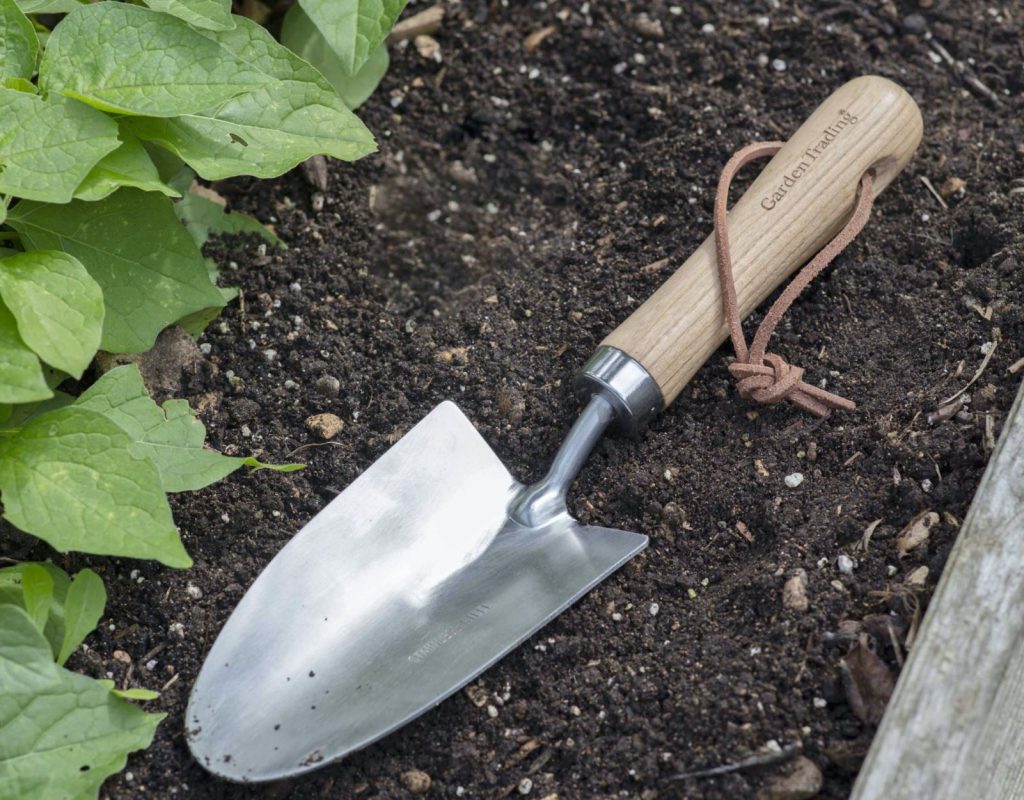Trowel Trowel Time: Uncover the secrets to flawless planting with precision and style – dive into the world of trowel time mastery now!
A trowel is the gardener’s best friend, a versatile tool that plays a crucial role in a wide range of gardening tasks. From planting and transplanting to weeding and soil mixing, the trowel is a must-have for any gardening enthusiast. Let’s delve into the anatomy of a trowel, explore its various uses, discuss the different types available, and provide tips for choosing and caring for this essential gardening tool.
The Anatomy of a Trowel
When it comes to gardening tools, the trowel is a fundamental instrument with a simple yet effective design. The blade, usually made of sturdy metal, is the business end of the trowel, used for digging, scooping soil, and maneuvering plants. The handle, ergonomically designed for a comfortable grip, allows for easy maneuverability and precision in gardening tasks. Trowels come in various sizes and shapes to cater to different gardening needs, whether you are planting delicate seedlings or transferring larger plants.
Different Uses of a Trowel in Gardening
Planting: One of the primary tasks of a trowel is digging holes for planting seedlings or bulbs. The trowel’s sharp blade makes it easy to create precise and uniform holes, providing the ideal environment for young plants to thrive.

Transplanting
When it’s time to move a plant from one location to another, the trowel is the go-to tool for carefully extracting the plant and its roots without causing damage. Its sharp blade allows for precise cutting through the soil, making transplanting a breeze.
Weeding: In the ongoing battle against garden weeds, the trowel is a gardener’s ally. The sharp edge of the trowel can easily cut through the soil to remove weeds at their roots, ensuring they won’t return to compete with your precious plants.
Mixing soil and compost: Whether you’re preparing a new garden bed or amending soil in existing ones, the trowel is essential for mixing soil and compost thoroughly. Its blade can blend different materials effectively, ensuring proper nutrient distribution for healthy plant growth.
Types of Trowels
Traditional hand trowels are the standard choice for most gardeners, featuring a sturdy blade and a comfortable handle for everyday gardening tasks. Ergonomic trowels, designed with a focus on user comfort and reduced hand strain, are ideal for extended gardening sessions and those with hand or wrist issues.
Mini trowels, with their compact size, are perfect for container gardening or working in tight spaces where a full-sized trowel might be too cumbersome. Specialized trowels, such as those with serrated edges for cutting roots or graduated measurements for precise planting depths, cater to specific gardening needs and preferences.
Tips for Choosing and Caring for a Trowel
When selecting a trowel, consider the material it is made from and its durability. Stainless steel trowels are rust-resistant and durable, while aluminum trowels are lightweight and easy to handle. Choose a trowel with a handle that feels comfortable in your hand, as you’ll likely be using it for extended periods.
Proper care and maintenance of your trowel will ensure its longevity. After use, clean the trowel to remove any dirt or debris, and store it in a dry place to prevent rusting. Regularly sharpening the trowel blade will keep it in optimal condition for efficient digging and planting.
Conclusion
In conclusion, the trowel is a versatile and indispensable tool for any gardener looking to master the art of planting with precision and style. By understanding the anatomy of a trowel, exploring its various uses, selecting the right type for your needs, and caring for it properly, you can elevate your gardening experience and achieve stunning results in your garden.

